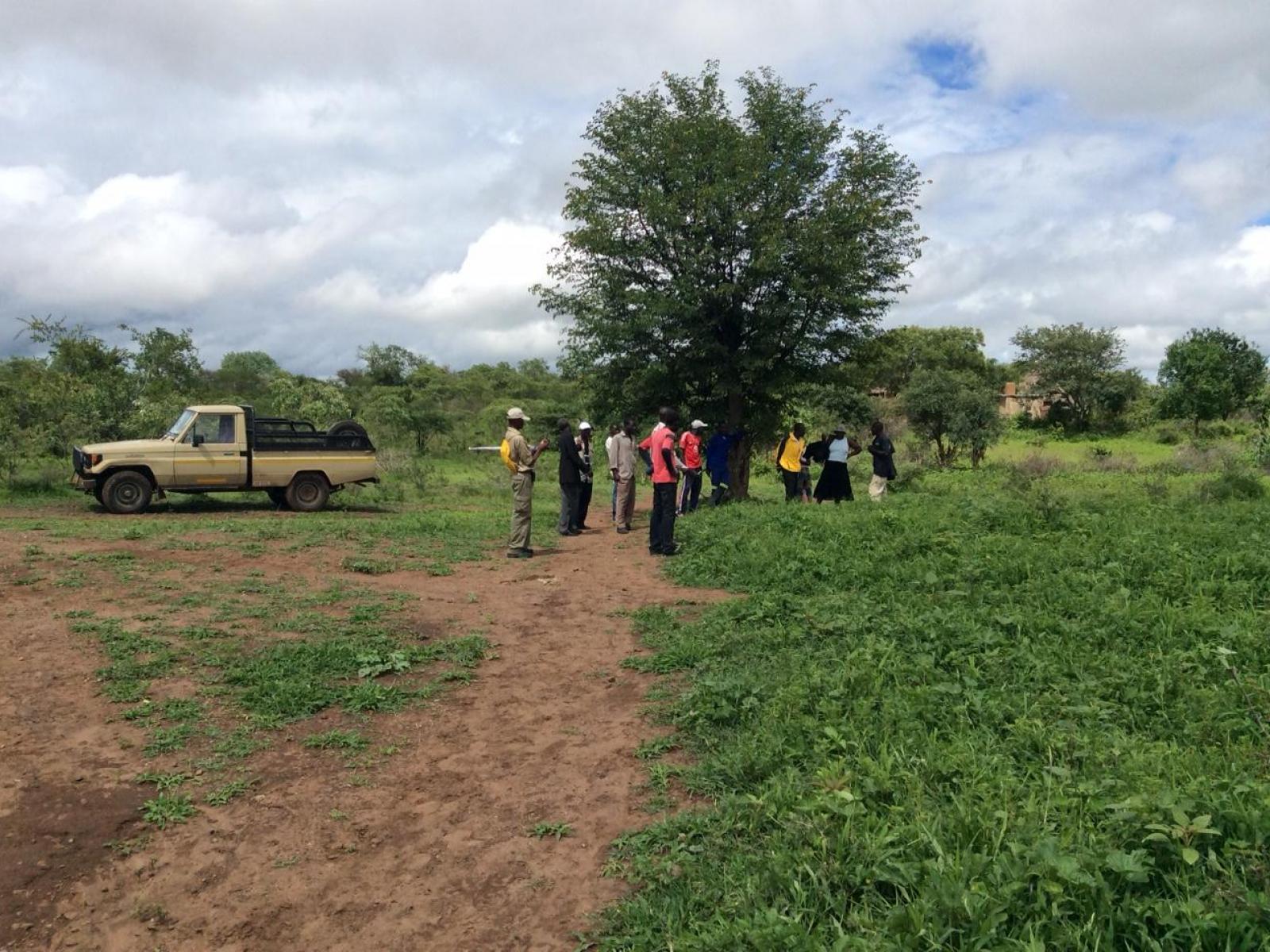An Overview Of Our Solution
- Population Impacted:
- Continent: Africa
Organization type
Population impacted
Size of agricultural area
Production quantity
People employed
Describe your solution
Describe your implementation
External connections
What is the environmental or ecological challenge you are targeting with your solution?
Describe the context in which you are operating
Traditional Leadership is headed by Chief Shana. The Chief Shana area Encompasses a large part of the Matetsi River catchment. Decision making for management of the landscape is complex in the communal setting. Change in management of the Grazing areas and crop fields requires the whole community to be involved, aware and understand the fundamental principles of how to keep water in the soil. The government leadership is represented by elected council Lora who are part of the Hwange Rural District Council.Many people in the communities rely on food aid from international donors due to poor crop production. The river flows only during the rainy season. Some households living near to the river have dug wells so that they can access water for all year round nutrition gardens. There are boreholes for human consumption, some of these in dry years have started having reduced water production (BH 45 for the first time dried up in October 2016). Matabeleland North is in natural region 5. Rainfall average is +/-600mm per year. Ability for families to produce enough food is related to farming practices. Matabeleland North is in natural region 5. Rainfall average is +/-600mm per year. Ability for families to produce enough food is related to farming practices. Mostly the community consists of communal subsistence farmers, many households there is financial support from family members working in towns, there is little formal employment.
How did you impact natural resource use and greenhouse gas emissions?
Language(s)
Social/Community
Water
Food Security/Nutrition
Economic/Sustainable Development
Climate
Sustainability
Market based revenue. Diversion of existing revenues in the local economy to improve the revenue streams from all the land under management.
Return on investment
Entrant Image

